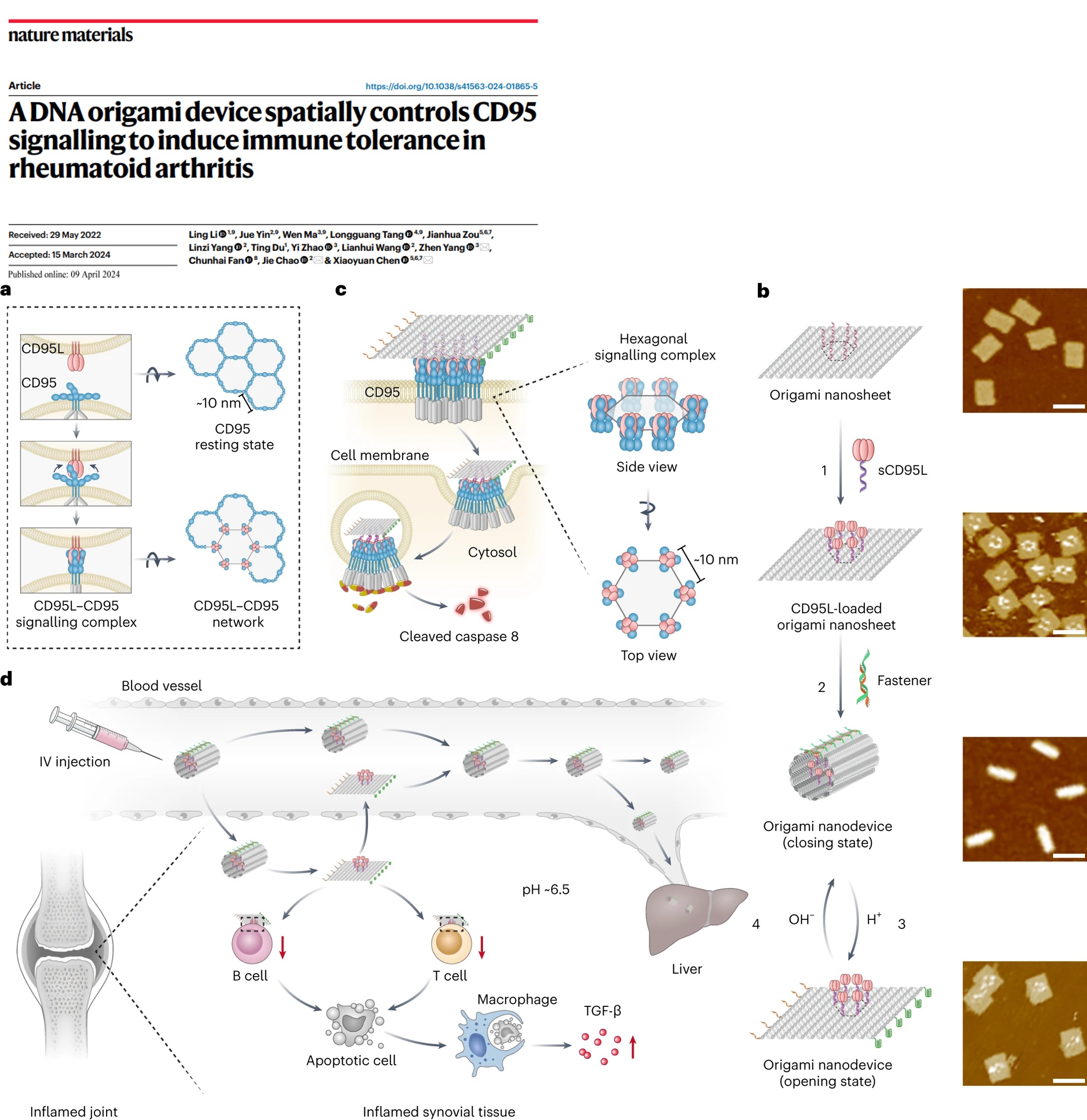Abstract
Phototherapy-induced hypoxia in the tumor microenvironment (TME) is responsible for diminished therapeutic efficacy. Designing an intelligent nanosystem capable of responding to hypoxia for TME-responsive drug delivery will, to some extent, improve the therapeutic efficacy and reduce side effects. Semiconducting polymers with high photothermal conversion efficiency and photostability have tremendous potential as phototheranostics. In this paper, hypoxia-activatable tirapazamine (TPZ) was conjugated onto poly(ethylene glycol) to form a pH-sensitive poly-prodrug, PEG–TPZ, that can be triggered by the low acidity of the TME to cleave the acylamide bond for controllable drug release. PEG–TPZ was then used to encapsulate a semiconducting polymer (TDPP) for NIR-II-fluorescence-imaging-guided synergistic therapy. The reactive oxygen species (ROS) generation and ultrahigh photothermal conversion efficiency (∼58.6%) of the TDPP@PEG–TPZ NPs leads to the destruction of the tumor blood vessels, thus further activating the hypoxia-induced chemotherapy of TPZ. As a result, effective tumor regression was achieved after laser irradiation.
Read More: https://pubs.rsc.org/en/content/articlelanding/2023/mh/d3mh00242j



